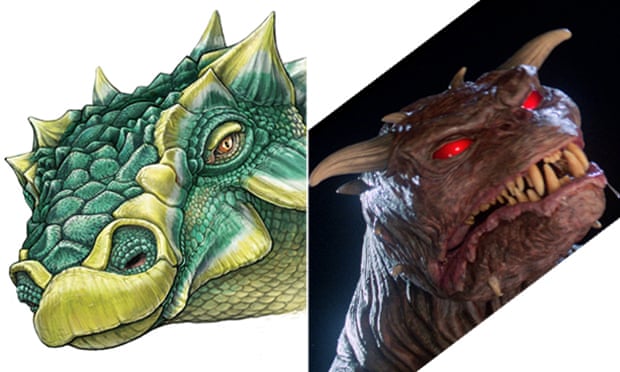NEXT WEEKS EVENTS
29th May to 4th June 2017
The following is an extract from Bristol Geology Calendar
More details can be found in the Calendar and on the web sites of the relevant Society or organisation.
Monday
When23 May – 9 Jul 2017
WhereGeology Gallery, Museum in the Park, Stratford Park, Stratford Road, Stroud, Gloucestershire, GL5 4AF. (map)
DescriptionExhibition: The Watery World of the Ichthyosaur
Tuesday 23 May - Sunday 9 July | Admission Free
A mini exhibition in the Geology Gallery
Taking our very own fossil baby Ichthyosaur, freshly cleaned and conserved, as its centrepiece, this temporary display will allow you to explore the underwater environment that this creature lived in. Discover what an Ichthyosaur ate for lunch, as well as the other creatures and plant life that shared its watery world. With artistic representations of how the Ichthyosaur lived around 190 million years ago, plus the fossilised remains of the Ichthyosaur and its contemporaries this exhibition is not to be missed.
Supported by the The Curry Fund of the Geologists Association
Tuesday
Stroud Museum - see Monday
WhenWed, 31 May, 14:00 – 16:00
WhereMuseum in the Park, Stratford Park, Stratford Road, Stroud, Gloucestershire, GL5 4AF. (map)
DescriptionA chance to meet the Museum’s Geologist and learn more about our internationally significant geology collection. Bring your fossil finds for identification too! PLUS meet Adam White and other rock and mineral experts and hear about their amazing adventures and incredible discoveries.
Wednesday
WhenWed, 31 May, 19:00 – 20:00
WhereMeet on Clevedon promenade near the steps down to the beach (ST 402 717) (map)
DescriptionClevedon, Wednesday 31 May 2017 7.00 p.m.
Leader: Richard Ashley
This is an evening walk to look at the geology of the Clevedon Beach and the surrounding area. Meet on Clevedon Promenade near the steps down to the Beach. (ST 402 717). We will see rocks from the Devonian Carboniferous and Triassic periods with faulting and folding.
Stroud Museum - see Monday
Thursday
WhenThu, 1 June, 19:15 – 20:45
WhereBath Royal Literary and Scientific Institution, 16 Queen Square, Bath (map)
Description
Revealing the colour of dinosaurs
Dr Jakob Vinther, Bristol University
Dinosaurs are the most fascinating and charismatic of all fossil groups. In the last decades, we have found that many had feathers and they gave rise to living birds, so we know more about dinosaurs and their evolution than ever before. Recent discoveries have found that the melanin pigments are often preserved in the feather and skin impressions of dinosaurs, which means that we can reconstruct many aspects of their original colouration. Birds are some of the most colourful animals in existence, and now we can build a narrative of how dinosaurs evolved to give rise to the amazing plumage that we see in hummingbirds, peacocks and harlequin ducks and even how they saw ancient predators and what they ate!
When1 – 4 Jun 2017
WhereWalled Garden, Museum in the Park, Stratford Park, Stratford Road, Stroud, Gloucestershire, GL5 4AF (map)
DescriptionPop Up Artist Studio in the Walled Garden
Thursday 1 - Sunday 4 June | 11am - 4pm | Free, donations welcome
Visit a pop up studio full of intriguing artefacts, mineral magic and fossil finds! Call in and look, or stop and linger, draw, dream and imagine ...
Creative, playful art activities and displays presented by Periscope artist duo Emily Joy and Alison Cockcroft, to coincide with Adam White’s exhibition in Gallery One.
Everyone welcome, do come and discover this special space.
Supported by Stroud Festival
Stroud Museum - see Monday
Friday
Stroud Museum - see Monday and Thursday
Saturday
Stroud Museum - see Monday and Thursday
Sunday
Stroud Museum - see Monday and Thursday











